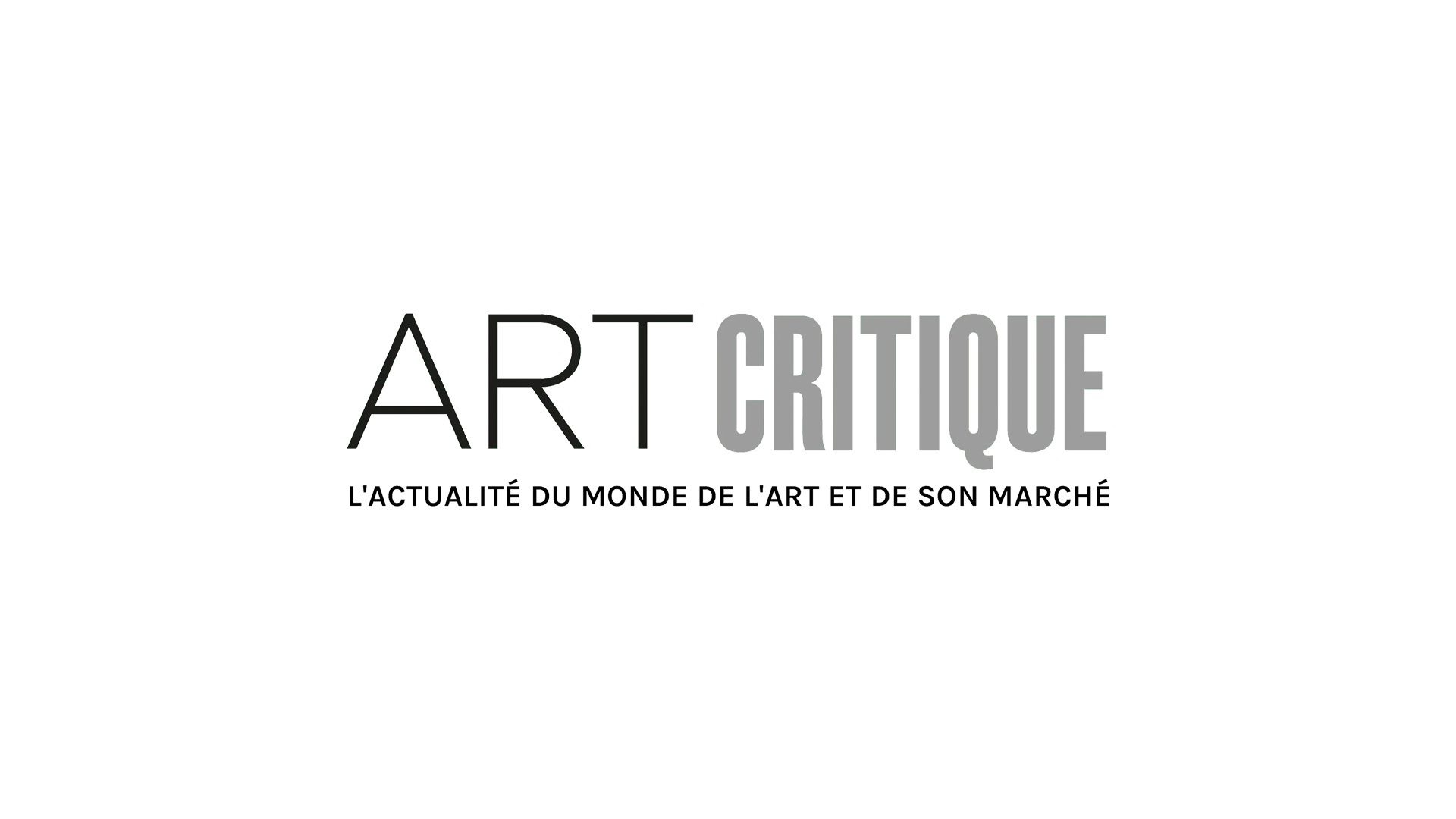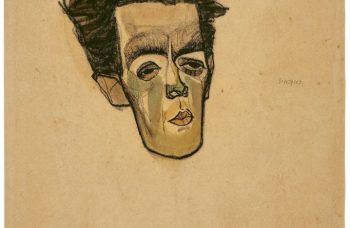In July 2012, the Kunsthal Rotterdam was at the centre of one of the largest art heists to date. The works stolen were Picasso’s Tête d’Arlequin, Matisse’s La Liseuse en Blanc et Jaune, Monet’s Waterloo Bridge, London and Charing Cross Bridge, London, Gauguin’s Femme devant une fenêtre ouverte, Meijer De Haan’s Autoportrait, and Lucian Freud’s Woman with Eyes Closed. Collectively, the works were insured for €18 million.
Just over five years after the sentencing of gang members involved in the theft, new clues emerged. In early November, the Romanian-Dutch writer, Mira Feticu – who is writing a novel on the events of this heist – received an anonymous letter telling her the whereabouts of one the paintings. In an eastern Romanian forest, Feticu dug up what looked to be Picasso’s Tête d’Arlequin (or Harlequin Head) which was valued at €800,000.
Feticu then brought the supposed Picasso to the Dutch embassy in Bucharest. The embassy then turned the artwork over to Romanian authorities for examination as it was believed that Olga Dogaru, mother of heist ringleader, burned the painting years before.
Soon after, however, Feticu received another mysterious email. This time, though, it was not anonymous. Antwerp-based theatre artists, Bart Baele and Yves Degryse, revealed that they were the culprits behind the letter directing the author to the Picasso. The discovered Tête d’Arlequin was found to be a forgery planted by Baele and Degryse as a stunt to promote their upcoming project focusing on Geert Jan Jansen, a Dutch art forger.
History of the heist
Security footage from the museum showed members of a Romanian gang entering through a back door. After disappearing from the eye of the camera, the men reemerged carrying bulky objects before leaving the same way they came in and went on their way before being detained. It seems like something out of a movie.
Approximately a year after the theft, members of the gang, including ringleader Radu Dogaru, were sentenced for the robbery. In addition to the gang members, Dogaru’s mother, Olga Dogaru was entangled in the heist as she reportedly burned the stolen paintings when police began closing in on her son. Paul Susara, a Romanian art critique, told The Guardian ‘Olga Dogaru describe[d] how she made the fire, put wood on it and burned the paintings, like she was burning a pair of slippers. She’s either a repressed writer or she is describing exactly what she did.’ Testing of the contents of Olga’s fireplace found zinc, lead, and azurite which would all be present in the stolen paintings. However, it is still uncertain as to if Olga did, in fact, burn the paintings in question.
After this twist of forgery in a tale of art theft, it is uncertain if anyone will be charged for the recent wild-goose chase. Thus, it remains a mystery as to the whereabouts of the paintings that were stolen or if they were burned.





